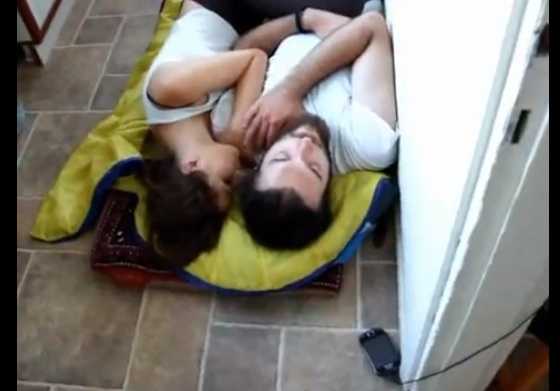
A place where you can stay for free in Istanbul, meet other travellers and exchange travel experiences?
The Serbia Travel Club made their crazy idea reality, and Istanbul’s Travel House was open for everyone. I paid them an overnight visit in Istanbul and rediscovered how enriching travelling can be. This summer, Serbia Travel Club established a temporary base in Istanbul, called the Travel House. It is a rented apartment in the center of Istanbul, whose doors are open to all travellers, from July 1 to September 1st. Staying in the Travel House was free for everyone. The goal of the Travel House is to provide a global meeting point for travellers, and thus be a small step towards building a global travel culture.
The idea of the Travel House comes from a Russian organisation called the Academy of Free Travels, and was thought up by its founder Anton Krotov. Istanbul is the first experiment of this kind by the Serbia Travel Club. If it catches on, a Travel Houses will be organized in a different place every year.
“Our free time is our most important commodity, so don’t wait to be rich to go on the road,” is one of Anton Krotov’s baselines, “and you can travel with a lot of money, or without any money. The less money you have, the more time you need for travelling. While you’re standing on the road, hitchhiking, you’re thinking how much money you could’ve made in the time you spent hitchhiking.”
Sounds simple doesn’t it?
Having a base where people who travel cheaply can bump into each other, and exchange stories is an important step to establish a new travel culture. The Travel Club’s Lazar Pascanovic used the “House for all” The Academy of Free Travels set up in Southern Kirgizistan, and found it very useful.
In this apartment in Osh travelers could take a pause and help each other. Going from Kyrgyzistan to China is not evident, and Lazar learned a lot from the Russian travelers he met in Osh, the advantage of using small border crossings for example.
The focus of the Club is on independent travel with a research and creative dimension, and the guest’s creativity often reach high levels.
Denis and Gregory, a father and a son from Perm in Russia used their 24-day hitchhiking trip to write the word “Turkey” on the map of Turkey using GPS tracking device. And closed borders made travelers use their creativity to surpass these obstacles, Valentin from Germany, came by ship from Beirut.
The Travel House is also used to exchange musical culture, a lot of its guests carry their instruments with them.
Louis, an American music professor, traveled by bicycle from the UK to Georgia. He dropped by for one night only, and bought a melodica in Taxim, Central Istanbul, just to jam along.
And of course traveling can turn out unexpectedly, and what is a travel culture without solidarity? Mowaheeb from Aleppo, unable to return home to his Syrian hometown Aleppo, is staying at the Travel House and is excellent company.
The Academy of Free Travel
The Serbs didn’t need to reinvent the wheel but largely follow the example of their Russian counterparts.
The Academy of Free Travel, is one of Russia’s many hitchhiking clubs and was founded in 1995. They try not to arrange their own transportation and normally don’t use hotels, commercial campgrounds or airlines, but instead welcome everybody who is going in the same direction and agrees to give them a lift.
But saving money is not their goal. “We don’t mind spending if we wish to do so, and never mind losing money: the world is plentiful, and we’ll always find what we need on the road”, their website tells.
“We try to avoid touristic areas. Instead, we live, eat, travel, and communicate with local people, trying to experience their life as it is, not as it can be seen through specially arranged tours or politically correct guidebooks.”
“In our trips we found that the world is kind, that people are compassionate and hospitable everywhere, that our planet is open for everyone and belongs to us all. Life is wonderful; coming back from remote lands, we better understand people around us and try to be worthy of being a part of humanity.”
They organized large-scale hitchhiking expeditions through most countries in Eurasia and Africa; publishing and otherwise distributing useful information for independent travelers.
During their largest expedition ten of them covered more than 30,000 km in Russia, Georgia, Middle East, Egypt, Sudan, Ethiopia, Kenya, Tanzania, Botswana, and Namibia. Some participants also visited Angola, Mozambique, Malawi, Yemen, Congo – Brazzaville, Cameroon, Chad, Niger, Mali, Mauritania, and other countries, spending up to 1.5 years on the road between 2000 and 2002.
And they tried to give the word adventure a new meaning. During their winter trip to Nenets Autonomous Okrug, a place I never heard about, the 18 participants were the first travelers in history to hitchhike to the Arctic city of Naryan Mar. This expedition included many hours of riding in open trunks at -25 degrees centigrade, and hitching a ride on a small cargo plane from Naryan Mar to Rybinsk in North-Central Russia. Some of them used unconventional ways of travel: long-distance cross-country skiing and trekking, hitching rides on reindeer sleds, snowmobiles, and helicopters.
For them it is also a way to replace the stereotypes they have about a country with first-hand impressions. In 2002 their one month-long hitchhiking trip to Afghanistan and back from Moscow made them discover a very friendly country. Doris Shida of the Serbia Travel Club, made a similar trip toMogadishu when fighting between Al-Shabab and the government forces was at its height.
In the Travel House, there are no guests. Everyone is a host. “If you see something broken, you should try to fix it. If you see something lacking (soap, toilet-paper, cooking oil, drinking water, detergent etc), buy it. If you see something dirty (toilet, bathroom, kitchen, floors, balconies), wash it,” reads one of the rules.
And their organization has a funny approach, they document close to anything, both the most challenging and suprising moments. And that’s what makes this so valuable. You just read and learn. Their struggle to find an appartement inIstanbulfor example, is very helpful for those travelers with bigger plans to settle down a little longer inIstanbul.
This is also how they developed this ideas. “Before we came toIstanbul, Anton Krotov from the Russian Academy of Free Travels posted in his blog detailed data on expenses for their apartment (which ended on June 1st). A 60 square meter apartment, in a neighborhood of Yedikule, costed 660 euros a month. That seemed very expensive to us, having in mind that it was a rather small apartment (and especially since, at one time, they had 34 persons staying there!), and also judging by the prices we had seen online earlier. However, we knew that Krotov is not a man who wastes money, which got us quite worried.”
So they estimated that they needed to collect at least 800 euros in donations to start with the project. At present they collected 1345 euro.
The Travel Primer
Apart from having hitchhiked about400,000 kmin Eurasia and Africa, the Academy of Free Travel’s president Anton Krotov has also published 17 books in Russian about free travel, and the Academy of Free Travel is continuously building their online Encyclopedia of Free Travel.
Similarly, once their house in Istanbul closes, the Serbian Travel Club would like to make a book called the Travel Primer, “a travel scrapbook of tips and tricks, stories, anecdotes, illustrations, photos, scraps, and so on, outlining not only the most important techniques for and approaches to this style of travel, but also exploring possibilites of using travel as a tool for expressing creativity and adding quality to the world.”
They invite their guests to leave them their your favorite travel or hitchhiking tips, or write down a short interesting anecdote or drawing about something that happened to you on the road.

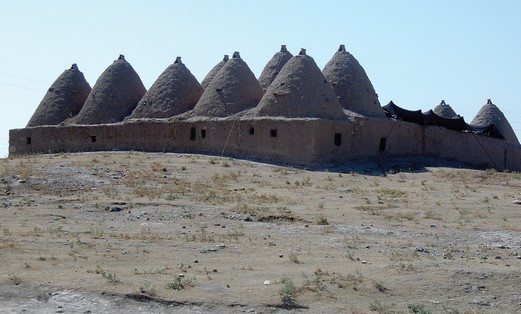
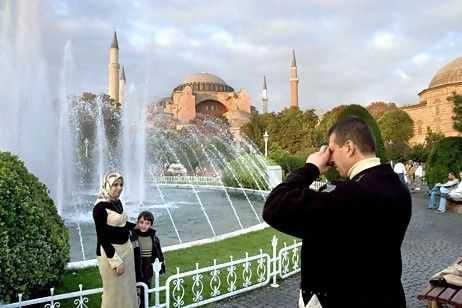
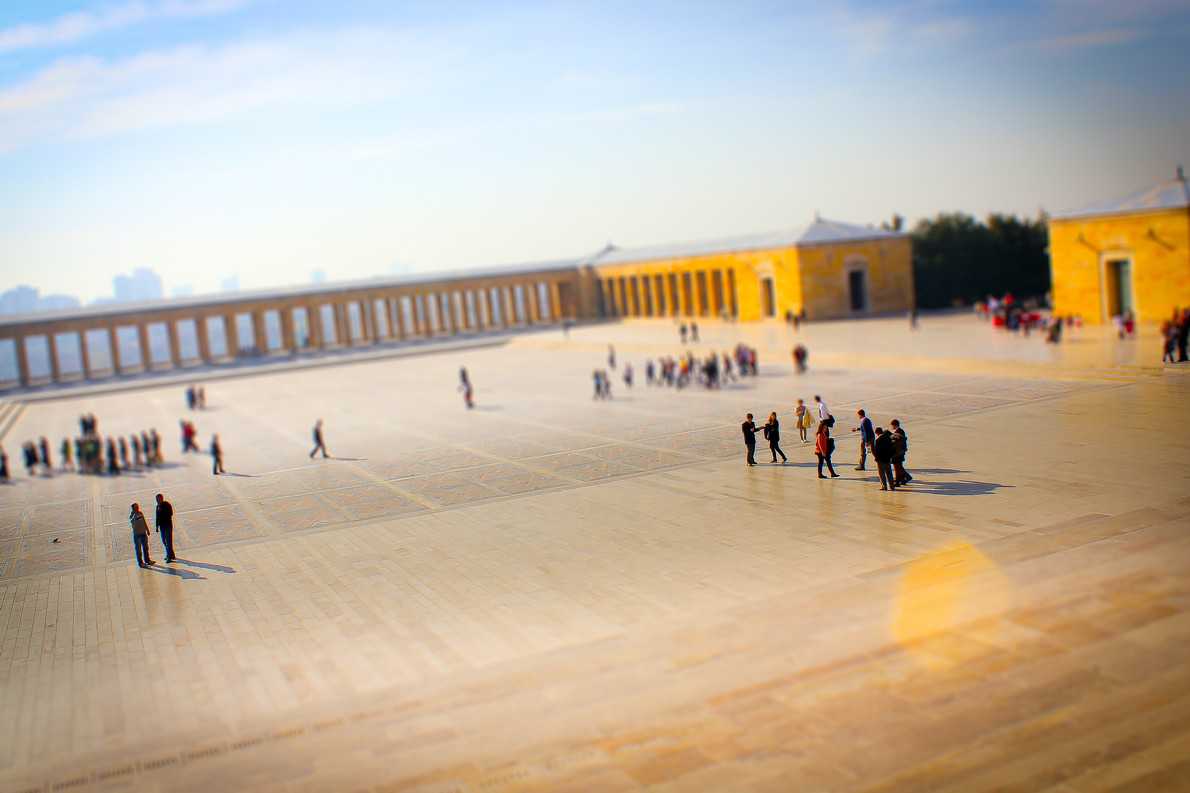
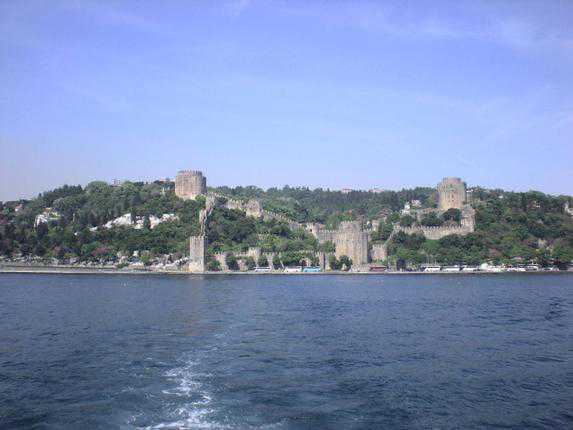
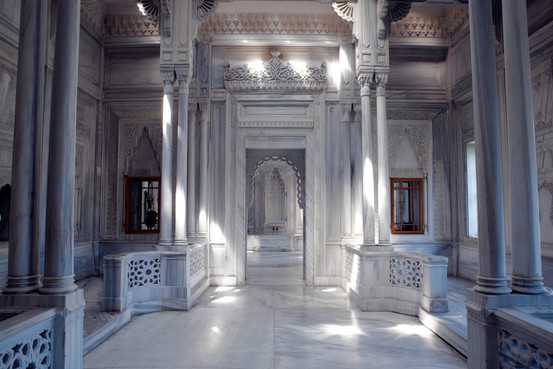

![Take a Clean Break in Istanbul 8 [SB10000872396390444914904577619610294660358]](http://s.wsj.net/public/resources/images/OB-UJ012_turkwe_D_20120829143429.jpg)






![Take a Clean Break in Istanbul 15 [image]](http://si.wsj.net/public/resources/images/OD-AT121_OFFDUT_NS_20120828122402.jpg)

